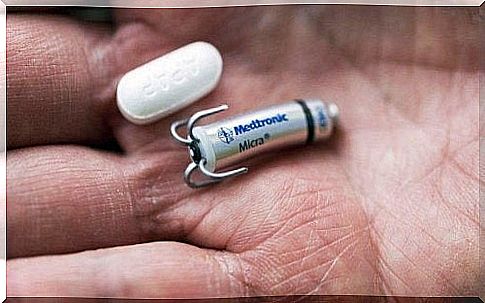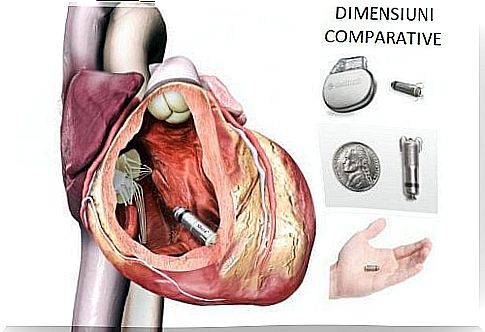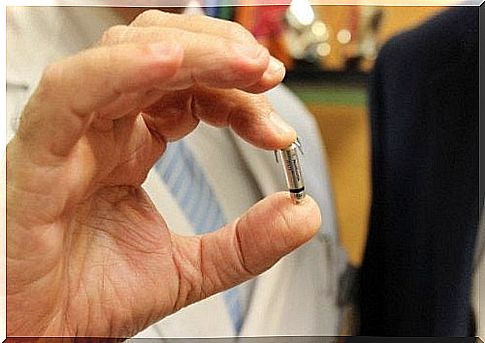Micra Pacemaker – The Smallest In The World

The Micra pacemaker is a revolutionary device that in a very short time has managed to change the lives of thousands of patients around the world.
Until recently, pacemakers were implanted through open heart surgery. Over the years, the size of these heart rate monitors has decreased considerably.
At the end of 2013, Medtronic unveiled a sophisticated medical product that, according to specialists, will revolutionize modern medicine. It is about the Micra pacemaker, the smallest such device in the world, which can be implanted without the patient having to undergo surgery.
In today’s article we present everything you need to know about this incredible device.
Micra, an ally for the heart
Although the Micra pacemaker was first introduced in 2013, approving, promoting and distributing any new medical technology is a very slow process.
- Micra received the approval of the European Council in 2015, this year marking the beginning of the promotion and distribution of the device in the Member States of the European Union.
- After rigorous testing, Micra has been shown to be much more effective and safe than regular pacemakers. This device is truly revolutionary and has brought hope to many patients.
- The U.S. Food and Drug Administration (FDA) approved the sale of the device in mid-2016. So far, the implants have been successful, and most health insurance plans that Americans have access to cover the costs associated with Micra.

Characteristics of the Micra pacemaker
Between 2014 and 2015, this device was subjected to a global experimental study, its effectiveness being scientifically confirmed. Here are the most important features of the Micra pacemaker:
- It is a subcutaneous capsule, which has no wires and does not need a battery to function.
- To implant the device, the patient does not have to undergo surgery.
- Micra is installed in the patient’s heart using transcatheter technology, passing through a vein located in the groin region and eventually reaching the right ventricle.

- This innovative pacemaker attaches to the heart through teeth, without the need for cables.
- After installation, the device begins to emit electrical impulses to maintain the heartbeat, regulating the patient’s cardiac activity.
- Basically, because of this, doctors no longer have to insert “surgical pockets” under the skin. No one will notice that the patient has a cardiac stabilizer under the skin, which is invisible. Micra is installed directly in the heart.
- Due to the fact that the installation of the Micra device does not require incisions, the patient does not have to spend a long time hospitalized and is not affected by scars.
Great progress for patients with heart problems
In addition to the fact that it represents a great progress from a clinical point of view,
- The device is installed through a simple, scar-free procedure. If a problem occurs, it can be “reinstalled”.
- According to experts, Micra is completely stable when installed. Unlike other cardiac stabilizers, Micra does not damage the heart tissues.
- Micra is an advanced heart treatment that offers doctors and patients a solution that is both simple and safe.

Some important aspects
This cardiac stabilizer is already a real medical revolution, and doctors expect even more spectacular results in the future. and its durability will be considerably improved.
Currently, this device has the following disadvantages:
- It only lasts 10 years, after which it must be replaced.
- It cannot be installed in obese patients. This limitation is significant, which is why specialists need to undertake more research to improve the efficiency of the device.
- It should also be noted that this device cannot be installed in patients who already have a classic cardiac stabilizer.
Those who can’t access the benefits of the Micra pacemaker are forced to continue to use classic pacemakers (and fortunately, they work). We hope that science will continue to make progress, so that people suffering from heart problems have the simplest and most effective solutions available.









